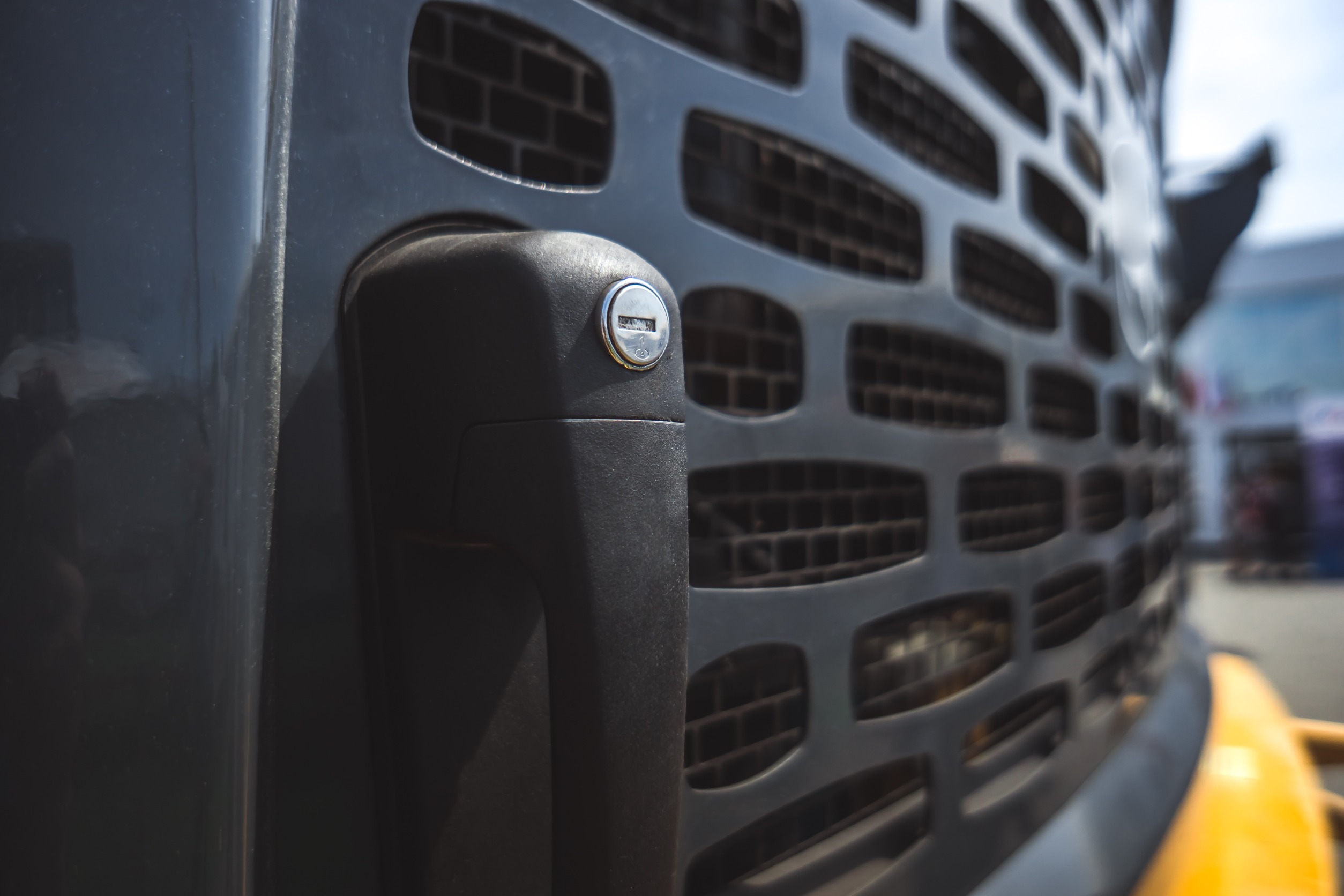
You might be wondering what heat exchangers have to do with recuperative energy collection. Due to advancements in heat exchangers, advances in technology have become more common. One of these advancements are cooling system for electric car batteries, preventing cars from overheating or damaging the battery. However, improving cooling systems is not the only way advancements have improved heat exchangers. These advancements have also made an efficient way to recuperate the energy that heat exchangers use, making them more efficient.
What Causes Energy and Heat Loss?
To understand why energy needs recuperation, we need to explain how a heat exchanger loses energy and heat. Most of the time, heat exchangers lose energy and heat through conduction, convection, and radiation. This is due to the surrounding environment being at a different temperature than the heat exchanger itself. There are a few reasons why this may occur, including:
- Poor Insulation
- Fluid Flow Rate
- Surface Area
- Fouling
For a while, heat exchangers did not have the technological advancement to work in energy recuperation. However, heat exchangers are now capable of collecting the energy that is wasted.
How Recuperative Energy Collection Work
Heat exchangers that are designed to recuperate energy have a different system than others. They achieve this through liquid-to-liquid counterflow. This counterflow is made through preheated air to absorb the expanded heat to return into the system. Recuperative energy collection can be found in heat engines such as gas turbine engines. In these engines, waste heat in the exhaust is transferred to compressed hair. This preheated air reduces the amount of fuel used to heat-up gases in the turbine. This process creates an efficient system that wastes less energy and heat.
Recuperative energy collection can also be used in ventilation and furnaces. Livernois provides high-performance systems to help make these heat exchangers.
